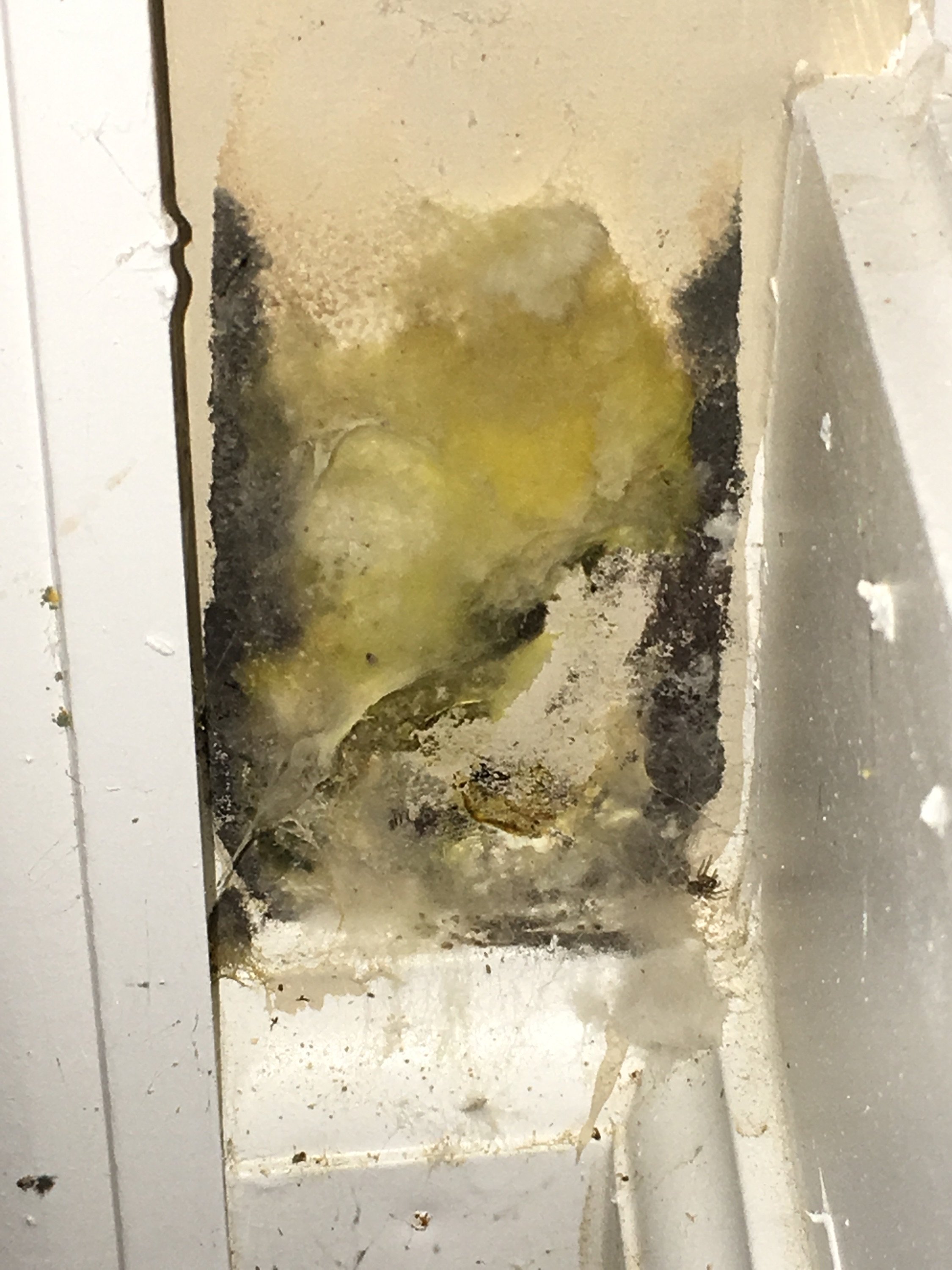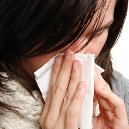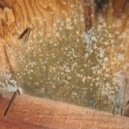Find a pre-screened local mold removal specialist Free Estimate
Find a Mold Specialist Now
Click or Call, Toll-Free 24/7
Indoor Cladosporium Mold
Cladosporium mold is extremely common both indoors and outdoors, consisting of more than 700 different varieties. It is most often found in decaying organic material and soil, on food, and textiles. It can easily spread within the home, especially when the spores come into contact with dark, damp surfaces. Poor ventilation and high humidity levels also contribute to the growth of this type of mold.
Colonies of cladosporium appear olive-green to brown or black in color. It can be difficult to impossible to visually distinguish between cladosporium and other types of mold. Cladosporium may be found in areas of the home such as basements, bathrooms, under sinks, around faucets or in the attic. It can grow on surfaces like carpets, curtains, upholstered furniture, on or behind wallpaper, under floors, on wood or drywall.
Health Problems Caused by Cladosporium Mold
Cladosporium is highly allergenic and spreads quickly and easily, starting in the warmer months of spring and early summer. When the spores become airborne, they can easily affect people with asthma and other respiratory diseases, contributing to wheezing, coughing and shortness of breath. Hay fever-like symptoms such as stuffy or runny nose, sneezing, eye redness, sore throat, sinus congestion and more are common reactions in people sensitive or allergic to the mold cladosporium.
Long-term exposure can contribute to sinus infections or ear and eye illnesses. Infants are especially sensitive to exposure of this type of mold (skin test studies have shown an allergic reaction in forty-two percent of children tested).
In addition, people who are sensitive to odors produced by volatile organic compounds (VOCs) may react to the presence of cladosporium in the air. They may experience symptoms similar to an allergic reaction.
What Do You Do If You Find Mold?
Because it’s highly allergenic and spreads so easily, cladosporium mold needs to be removed from your home immediately. When mold is found growing on nonporous surfaces such as tile, sinks and faucets, HEPA vacuum and damp wipe the area thoroughly with a low-toxicity household cleaner (we recommend Concrobium Mold Control) or with vinegar (spray the vinegar onto the moldy surface, allow it to dwell for one hour, then wipe clean with a damp rag. Properly dispose of the rag when finished. The vinegar odor will dissipate within a few hours). Make sure you clean the surrounding areas as well because the spores spread easily and will not be visible to the naked eye.
Settled dust can contain mold spores. Use a vacuum with a HEPA filter to clean surfaces, and follow up with a damp wipe as described above. In the kitchen if you have opened packages of food and mold is present in the area, these packages should be discarded. Unopened food packages can be damp wiped to remove any mold spores on cans or packaging.
Inadequate insulation around windows can allow condensation to develop that contributes to cladosporium mold growth. Surface mold around windows surfaces can be removed by HEPA vacuuming followed by damp wiping with a low-toxicity household cleaner. Dry thoroughly. If mold has penetrated the wood or sheetrock around the window, then that material will need to be replaced. Prevent future mold growth by repairing or replacing the insulation, and consider installing new replacement windows if the condensation continues.
For porous surfaces or fabric items such as curtains, carpets and furniture, you may need professional cleaning or to replace the items. A mold removal expert can advise you on your best course of action.
Preventing Mold Growth
Mold thrives in humid and wet environments. Because cladosporium mold often starts on decaying plant material, prune plants well and discard dead plants in a sealed plastic bag to prevent spreading the mold spores. Avoid overwatering your household plants and make sure the soil can drain well.
Moisture is the number one cause of mold growth in homes. Bathrooms, kitchens and basements frequently harbor moisture that can cause mold to grow quickly. Prevent moisture from causing mold growth by taking some simple, preventative steps. Always be sure to clean up water spills right away. Repair all plumbing leaks as soon as they are noticed. Make sure rooms prone to high humidity, like your bathrooms and kitchen, are properly vented outside, and run the fans during showers and while cooking so humidity levels do not build up. During damp and rainy months and during the summer, be sure to use a dehumidifier or air conditioner to keep your indoor humidity levels at 50 percent or below.
Mold Removal Tips
Cladosporium mold must always be removed promptly to prevent damage to your home and to your health. For a small amount of mold, you may want to try removing it yourself. The U.S. Environmental Protection Agency (EPA) says that an area 3 feet by 3 feet or less can often be handled by the homeowner.
Make sure you have the proper equipment, including gloves, goggles and masks to protect yourself from inhaling mold spores. You’ll also need containment materials to isolate the mold and to keep it from spreading to unaffected rooms or areas as you remove the damaged materials. Use tape and plastic sheeting to make a containment chamber to work in. To clean the mold you need a HEPA filter vacuum and a low-toxicity cleaner. You will also need other tools and supplies (hammers, saws, etc.) to complete the removal and repair work. You should also use an air scrubber to help collect any mold spores disturbed and made airborne during the removal process.
The EPA strongly recommends hiring a professional to handle your mold problem when there has been a great deal of water damage or the mold covers more than 10 square feet. They also recommend hiring a specialist if the mold is present in your heating/ventilation/air conditioning system. If you suspect you have mold in your HVAC system, do not run your furnace or air conditioner because it will spread the mold spores throughout the house. Finally, if your mold damage is the result of flooding or sewage backup, you should consult a professional.
If you suffer from allergies, have respiratory or other health problems, or are at all concerned about your health due to mold exposure, do not undertake mold removal yourself. A professional mold remediation specialist can perform this work for you safely to minimize the health risks to you and other members of your household.
You can follow this link to find a mold remediation professional in your area. Local mold professionals offer free home inspections, and can identify the cause of your mold problem. If mold is found they will provide a written estimate for the mold remediation work.
Free Home Inspection By A Mold Removal Specialist
Search This Website

Recent Articles
-
See Our 5 Recommended Mold Removal Companies in Covington, KY
Apr 16, 25 12:59 PM
-
See Our 5 Recommended Mold Removal Companies in Wheaton, IL
Jun 20, 24 10:33 AM
-
See Our 5 Recommended Mold Removal Companies in Aberdeen, SD
Oct 08, 21 04:05 PM





